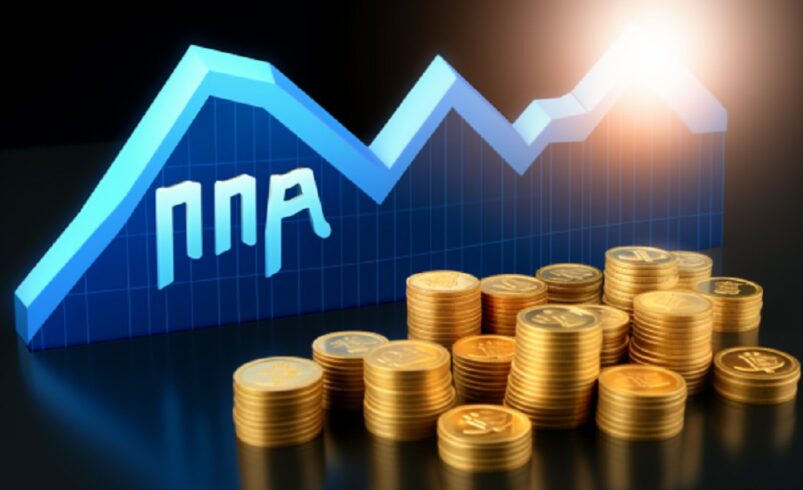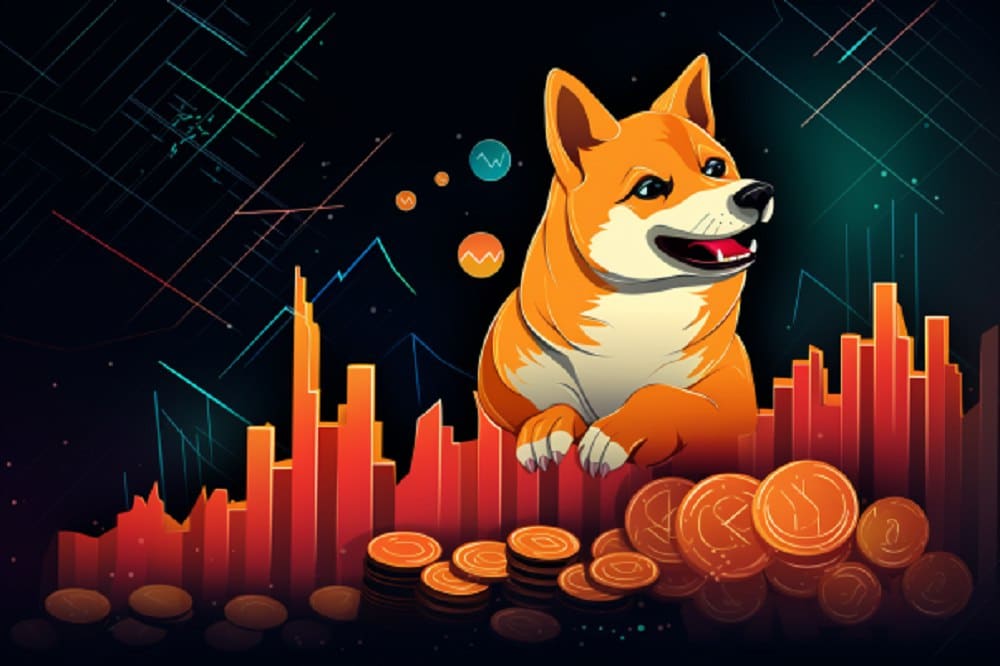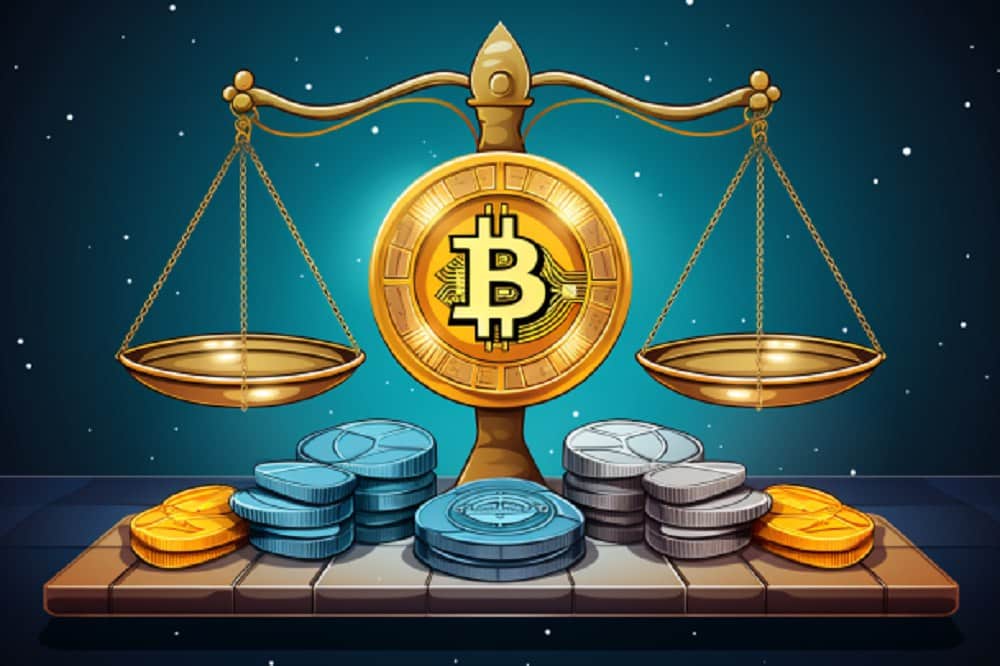NFTs: Advantages And Disadvantages

Non-fungible tokens are smart contracts built on the blockchain to automatically execute programs written in its code. Via the smart contract features, NFTs are designed to perform various specified functions automatically such as offering royalty commission to developers each time they are resold.
Practically, non-fungible tokens can be minted to represent tangible or intangible electronic objects like videos, GIFs, artworks, virtual avatars, sports highlights, or collectibles. For instance, think of an art painting in digital form, it can be turned into an NFT and sold such that instead of a physical artwork, the buyer would go home with a digital file.
Interestingly, your tweets can be spun into an NFT, are you surprised? Well, don’t be because, in 2021, Jack Dorsey, the former CEO of Twitter sold his first post on the Twitter app as an NFT for about $3 million. In this article, we will discuss the advantages and disadvantages of Non-fungibles.
Advantages Of NFTs
These benefits have contributed to the rapid growth and adoption of NFTs, transforming how digital assets are created, bought, and sold
- Unique Ownership: Non-fungible tokens present proof of ownership of a unique digital or physical asset, providing authenticity and provenance, which can be valuable for artists, collectors, and creators.
- Digital Scarcity: NFTs can create digital scarcity in the digital realm, allowing creators to maintain control over the limited supply of their digital assets, potentially increasing their value.
- Interoperability: NFTs can be used across different platforms and applications, allowing for interoperability and a wide range of use cases in gaming, art, music, and more.
- Resales and Royalties Value: as a creator, you can embed royalty mechanisms into your NFTs collectibles such that each that is resold, you will earn a percentage of the sale, providing ongoing income.
- Transparent ownership: Blockchain innovation implements transparent ownership rights in order to prevent the risk of counterfeiting and fraud.
- Accessibility: through NFTs you can access collectibles, artworks, and digital content, enabling artists and creators to reach out to broader customers.
- Decentralization: building NFTs on decentralized blockchain networks, it helps to eradicate interference from third-party or centralized authorities, giving more room for privacy and democratic ownership.
- Inventive Utility Cases: NFTs are facilitating invention in diverse industries, including ticketing, digital fashion, digital real estate, and so on.
- Virtual Collectibles: NFTs enables collectors to possess and display their virtual assets on the digital galleries, creating a new digital art culture and reviving the concept of digital collectibles.
- Community Participation: NFTs always inspire communities who are often passionate and ready to interact with the project, thereby facilitating connections between developers and consumers, leading to more collaborations and support for artists.
Disadvantages of NFTs
Although non-fungible token has fewer risks when compared to other cryptocurrency products and services, nonetheless, they still has some risks which you should be wary of, some of hem includes:
- Environmental Impact: Many NFTs are built on blockchain networks that use energy-intensive consensus mechanisms like Proof of Work, which can contribute to environmental concerns due to high energy consumption.
- Lack of Regulation: due to its newness, the NFT ecosystem still lacks regulation clarity, leading to an abundance of scams, copyright issues, and legal disputes.
- Plagiarism and Copyright Issues: it is possible for a random person to tokenize and sell a digital asset without having the approval of the content creator, leading to intellectual property rights and copyright infringement as well as plagiarism.
- Digital Ownership Confusion: Sometimes there can be a conclusion regarding what an NFT buyer really owns because NFTs ownership offers ownership of the virtual form of an asset but does not give buyers the exclusive rights to the asset itself.
- High Entry Barrier: NFT has a high entry barrier because the cost of minting and creating NFTs, coupled with transaction fees charged by metaverse platforms cumulatively discourage many creators from entering the ecosystem.
Conclusion: Are NFTs Safe?
Are NFTs safe? The answer depends on how well you manage financial investment risks. This is because non-fungible tokens is relatively the same risk exposure as other crypto-related products and services. Hence, managing your risk well by performing thorough research about the NFT project and the team behind it, the goal and objectives, the actual market worth, the utility cases it stands for and other features before you invest your hard-earned money in any NFT project.
DISCLAIMER: It's crucial we tell you that the content on this page is not meant to serve as, nor should it be construed as, advice in legal, tax, investment, financial, or any other professional context. You should only invest an amount that you are prepared to lose, and it's advisable to consult with an independent financial expert if you're uncertain. To obtain more information, we recommend examining the terms of service and exploring the assistance and support resources provided by the issuing or advertising entity. Our platform is dedicated to delivering accurate and unbiased reporting, but it's important to note that market circumstances can change rapidly. Also, be informed that some, though not all, articles on our site may be sponsored or paid content.













